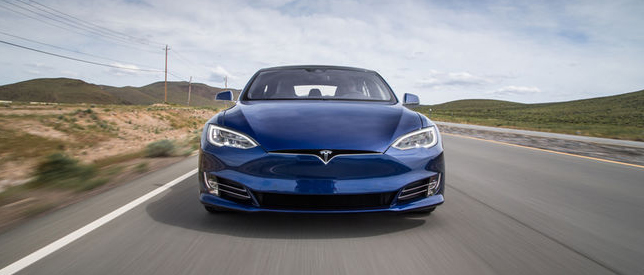2020 Will Be the Year of Self-Driving Technology
 18Jul16
18Jul16Cars with self-driving attitudes are expected to create huge progress by the end of this decade
Despite the cloud of doubt forged over autonomous vehicles following the Tesla Autopilot incident last week that killed the owner of the Model S, it is expected that driverless technologies will see a boom in the coming decades.
Citing a document by consulting company AlixPartners, industry journal expects that manufacturers spending on self-driving technologies will surge in the next 5 years.
What experts said?
The AlixPartners reports predicts that through 2020, semi-self-driving cars which have the ability to accelerate, brake and steer themselves will generate US$20 billion to US$25 billion worth of earnings and majority of these sales will be based on software and other technologies. Utilizing data amassed via Dolcera and IHS car, the document claims as much as US$15 billion will probably be spent on navigation mapping methods and collision-avoidance systems and technologies.
It will not be the end of the sales, camera systems, radar sensors, ultrasonic sensors and LIDAR technologies and systems will approximately generate US$9.9 billion yearly.
What is LIDAR?
Lidar is a laser-based imaginative and prescient process that depends on the light from a laser to track the space of other objects. At the same time nonetheless in its early levels for passenger-vehicle use, LIDAR technological know-how is anticipated to generate US$185 million of annual income by 2020.
What technology experts believe?
Technology experts and developers like Continental AG, Robert Bosch GmbH, Autoliv, Delphi, and Denso one of the automobile industry’s biggest suppliers are currently establishing LIDAR programs. The fast growth in autonomous programs can be expected to present an enormous opportunity for businesses in Silicon Valley, corresponding to tech giant Google. Mark Wakefield, managing director at AlixPartners and co-author of the record, mentioned that companies like Google and Mobileye a speedy-developing provider of challenge-detection program – are poised to dominate the vehicle program market within the coming years.
In step with Wakefield, the emergence of new players out of Silicon Valley poses a risk to producers and natural suppliers, with businesses like Google. This is rather where the automakers and ordinary suppliers are far behind the mentioned Wakefield. They have to shift their staff and their capital expenses. A few producers have already introduced their commitment to developing self-driving technologies for instance Volvo and Nissan.
The current situation in the UK
Swedish automaker not too long ago launched its drive Me London autonomous vehicle offering self-driving cars on public roads.
Meanwhile, Nissan’s vision for smart Mobility sees the adoption of emission-less, driverless vehicles and a related network of intelligent cars, smart offices, sensible streets and wise residences. In addition, the Japanese manufacturers are also planning to unlock its first ProPilot autonomous models within the next year, with the Japan-based models due by the end of the decade. Even as an update for its preferred Qashqai SUV will come to be the first ProPilot model in its European line-up.